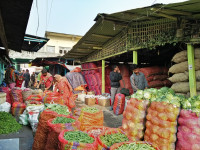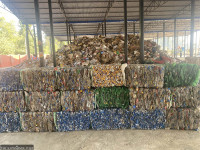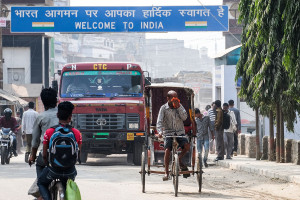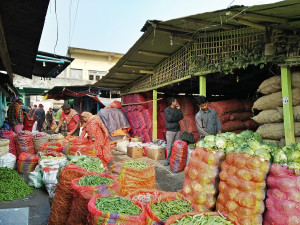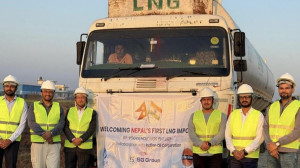Money
Golden opportunity to reclaim lost glory
After years, Nepal once again has got an opportunity to boost its readymade garment industry.
Prithvi Man Shrestha
After years, Nepal once again has got an opportunity to boost its readymade garment industry.
The United States House of Representatives on Friday passed a bill allowing Nepali readymade garment duty-free access to the US market until 25, for which domestic manufacturers had been lobbying for more than a decade.
If the country can seize the opportunity, it could give a good fillip not only to the garment sector but also to the economy at a time when Nepal is facing multiple crises following an earthquake in April and protests and blockade since August and September.
The bill, passed from both the House of Representatives and the Senate, has also promised economic and technical assistance to enhance competitiveness of Nepali products. The US has been imposing an average of 16-17 percent duty on Nepali garment.
With the US being the major market, accounting over 80 percent of Nepal’s total garment exports during the heydays, Nepali garment manufacturers are obviously delighted by the latest development. Chandi Prasad Aryal, acting president of the Garment Association of Nepal (GAN), said the facility would definitely help boost exports to the US as Nepal would get duty advantage against countries such as China, India and Bangladesh.
Nepal had started lobbying for such a facility since 2001 and the first bill on allowing Nepali garment duty-free access was registered at the US Parliament in 2002. But the efforts received a major boost this January when US Senator Dianne Feinstein introduced a bill—Nepal Trade Preferences Act—to allow duty-free import of textiles and apparel products from Nepal.
Following the April 25 Earthquake, Feinstein offered an amendment to grant trade preferences to Nepal as part of the trade authority legislation. Stating Nepal had been devastated by the earthquakes and would need significant help to rebuild, Feinstein had said: “One step Congress can take is to remove tariffs on Nepal’s textiles and garments, a move that would mirror how many developing nations in Africa are treated.”
Starting from mid-1980s, the readymade garment industry in Nepal experienced rapid growth, mainly due to the quota facility provided by industrialised countries, especially the US. Capitalising on the facility, readymade garment became the biggest exportable item of the country within 10 years.
In 2000-01, Nepal’s garment exports reached an all-time high of Rs13.12 billion, with the US accounting for 86.49 percent of the exports.
However, after the US scrapped the quota system in 2005 as per the agreement on Textiles and Clothing (ATC) of the World Trade Organization (WTO), Nepal’s garment industry went to a prolonged slump. In the post-quota period, readymade garment manufacturers struggled to adjust to the changed scenario and improve their competitiveness to survive in the international market.
As a result, garment exports slumped to Rs5.28 billion in 2014-15. The number of garment industries too have come down to around 50 from over 400 in 2000-01.
Garment manufacturers are relieved that finally they now have an opportunity to revive the industry. They, however, are sceptic whether the sector would be able to reclaim its lost glory. “There will also be increased investment in the sector, but whether the industry will reach previous heights would largely depend on whether the government can create better investment climate,” said Aryal.
Being a labour incentive sector, garment manufacturers believe the availability of skilled labour, flexible labour policy and energy will be key factors for growth. “With fewer industries in operation, finding a large number of skilled workers will be the major problem,” said Aryal.
“In theory, Nepali garment will get around 17 percent duty advantage in the US market, but the major challenge is production and shipment costs,” said Ashok Kumar Agrawal, general secretary of GAN. “Being a landlocked country, both cost of production and shipment costs are high in Nepal. Also, we import most of the raw materials from abroad.”
Therefore, the actual duty advantage will be of around of 8-10 percent considering these factors, he added.
Given the hassles in shipment, GAN in early 2000s had demanded the government establish a garment processing zone (GPZ) near the Birgunj Dry Port. “The main aim of the GPZ was to reduce the time taken in delivering the products, but the plan is yet to materialise,” said Bijendra Shakya, an expert on the garment sector. He, however, said the new facility would give Nepali garment manufacturers a level playing field in the US market.
Readymade Garment Exports in last six years
FY 2009-10 Rs 3.75 billion
FY 2010-11 Rs 4.08 billion
FY 2011-12 Rs 4.05 billion
FY 2012-13 Rs 3.82 billion
FY 2013-14 Rs 5.60 billion
FY 2014-15 Rs 5.28 billion




 9.12°C Kathmandu
9.12°C Kathmandu

